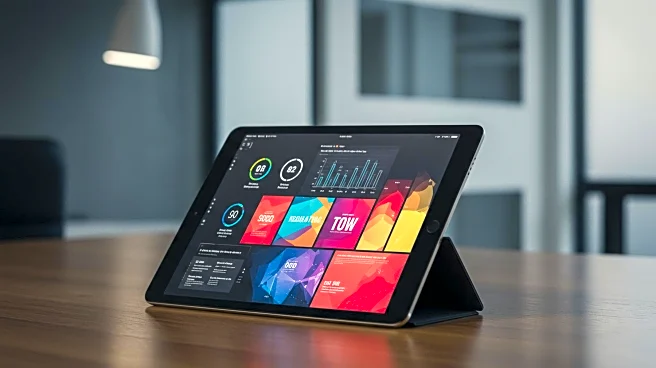What's Happening?
Retailers are reassessing their media strategies as the traditional approach of emulating Amazon's digital-first model proves ineffective for many. While Amazon's strategy focuses on digital ad infrastructure and online behavior, smaller retailers rooted in physical spaces find this model misaligned with their operations. Despite 84% of retail transactions occurring in-store, 99% of media spending is directed online, highlighting a disconnect. The industry is entering a recalibration phase, aiming to integrate shopper marketing, trade budgets, and media strategies to better align with real-world consumer behavior.
Why It's Important?
This shift is crucial for smaller retailers who rely on physical presence and local consumer habits. By moving away from a digital-only focus, these businesses can leverage their unique strengths, such as community trust and brand familiarity, to create more effective media strategies. This transition could enable them to compete more effectively against larger players like Amazon, potentially leading to increased market share and consumer engagement. The recalibration also presents an opportunity for retailers to innovate and develop media strategies that are more attuned to their specific business models.
What's Next?
Retailers are expected to rethink their internal systems, breaking down silos between marketing and merchandising teams. Media strategies will need to be embedded into the store infrastructure, utilizing data from physical spaces to influence digital actions. Specialty retailers like Ulta and Sephora, with strong brand identities, have the potential to lead this transition by integrating physical context with smarter media activations. New tools and systems will be required to activate localized campaigns at scale and measure in-store engagement with the same rigor as digital metrics.
Beyond the Headlines
The recalibration of retail media strategies could lead to a more connected shopping experience, blending digital and physical interactions seamlessly. This approach may foster greater consumer loyalty and brand equity, as retailers create media experiences that resonate with real-world shopping behaviors. The long tail of retail, if equipped with the right tools and strategies, could become a powerful engine for growth in the next phase of retail evolution.











